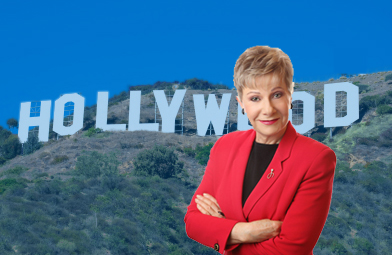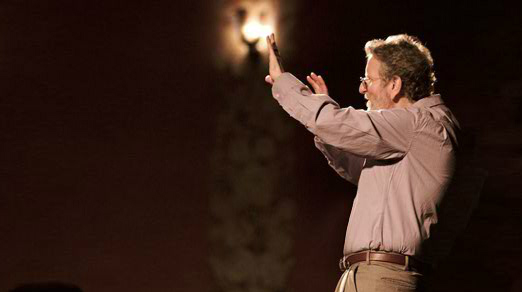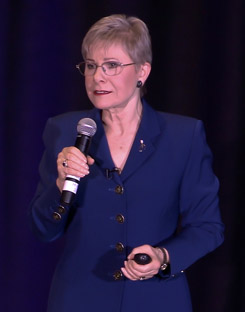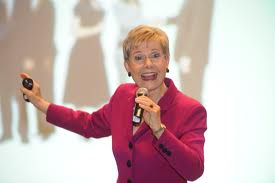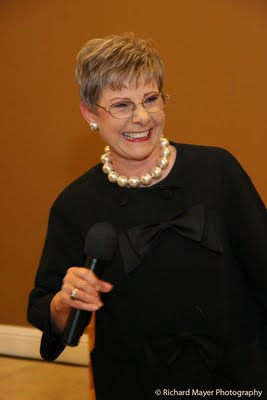 You have a competitive edge when your sales presentations are more powerfully persuasive in your than your competition’s.
You have a competitive edge when your sales presentations are more powerfully persuasive in your than your competition’s.
- Are you losing sales you feel you deserve to make?
- Would it be helpful if your prospect remembered what you said?
- Would it be beneficial if three weeks later, your prospect could repeat your key ideas?
- Would it be profitable if your prospect vividly knew why others selected you as their vendor of choice?
